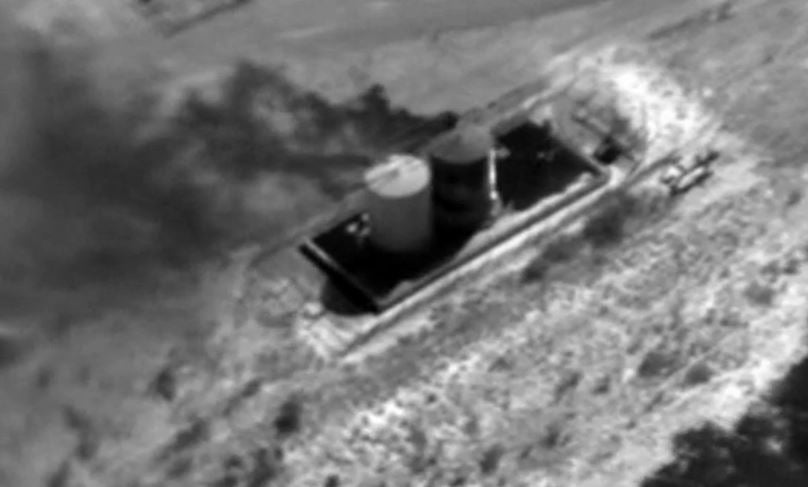 The Environmental Protection Agency (EPA) is soon expected to propose its new “enhanced” Natural Gas STAR program, providing guidelines for oil and gas companies that want to voluntarily work to reduce their methane emissions. Calls for voluntary measures by industry to address this pollution have increased in recent months, as the EPA is set to release its first-ever methane rules this summer.
The Environmental Protection Agency (EPA) is soon expected to propose its new “enhanced” Natural Gas STAR program, providing guidelines for oil and gas companies that want to voluntarily work to reduce their methane emissions. Calls for voluntary measures by industry to address this pollution have increased in recent months, as the EPA is set to release its first-ever methane rules this summer.
While voluntary efforts can be helpful in establishing new technologies or practices, and validating industry’s ability to meet regulatory benchmarks, opt-in programs alone are no substitute for effective regulation that will reduce energy waste and better protect public health. As we’ve said before, current voluntary programs have an extremely low rate of company participation.
In fact, EPA’s current Natural Gas STAR membership includes less than one half of one percent of all oil and gas producers and operators. Therefore, any update to the program should be seen as an adjunct to long-overdue rules that set sensible emission limits for the industry. That’s the only way to set a level playing field for the approximately 10,000 operators that are part of this rapidly expanding oil and gas industry. Read More











 Methane emissions from vast oil and gas operations in the densely populated Barnett Shale region of Texas are 50 percent higher than estimates based on the Environmental Protection Agency’s (EPA) greenhouse gas inventory, according to a series of 11 new papers published
Methane emissions from vast oil and gas operations in the densely populated Barnett Shale region of Texas are 50 percent higher than estimates based on the Environmental Protection Agency’s (EPA) greenhouse gas inventory, according to a series of 11 new papers published 
 Last Friday, the incoming head of the International Energy Agency (IEA), Faith Birol, provided a briefing to U.S. stakeholders about IEA’s new special report on climate change, which found that
Last Friday, the incoming head of the International Energy Agency (IEA), Faith Birol, provided a briefing to U.S. stakeholders about IEA’s new special report on climate change, which found that 